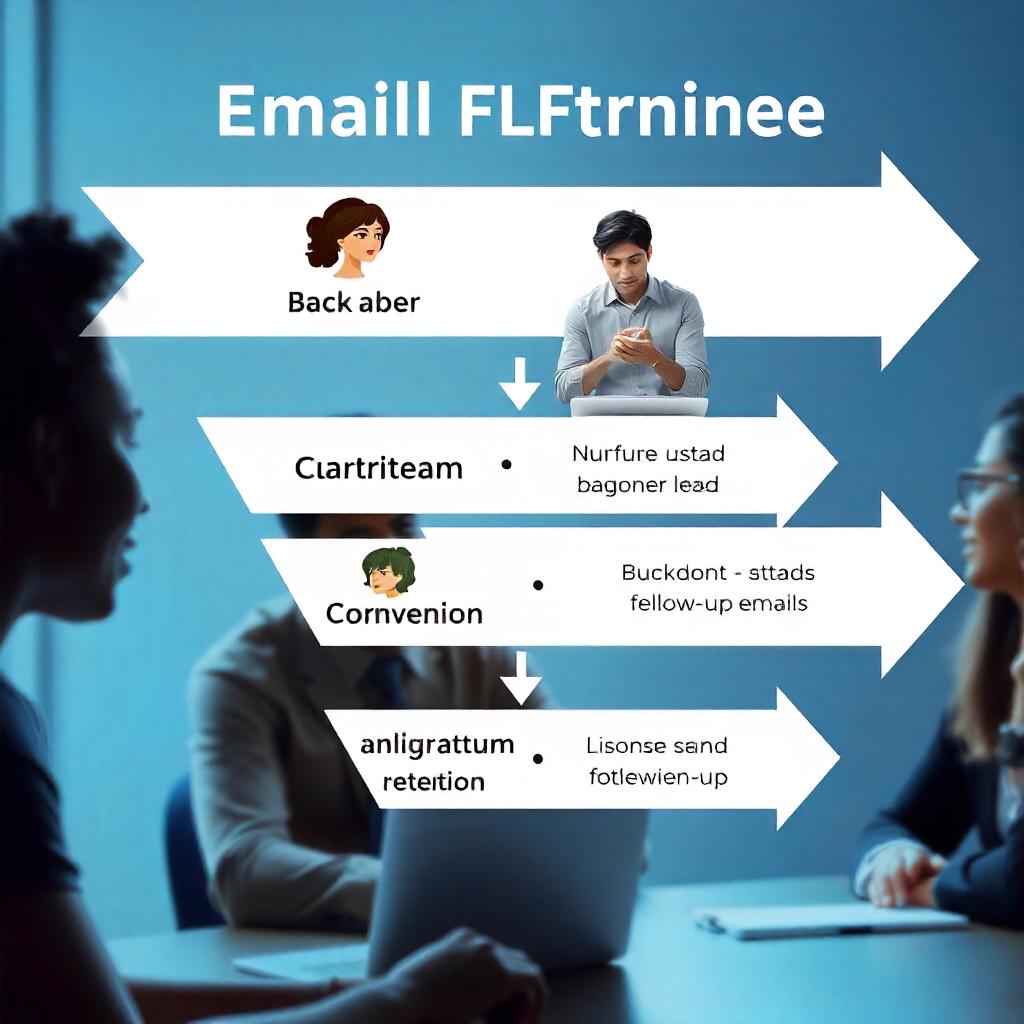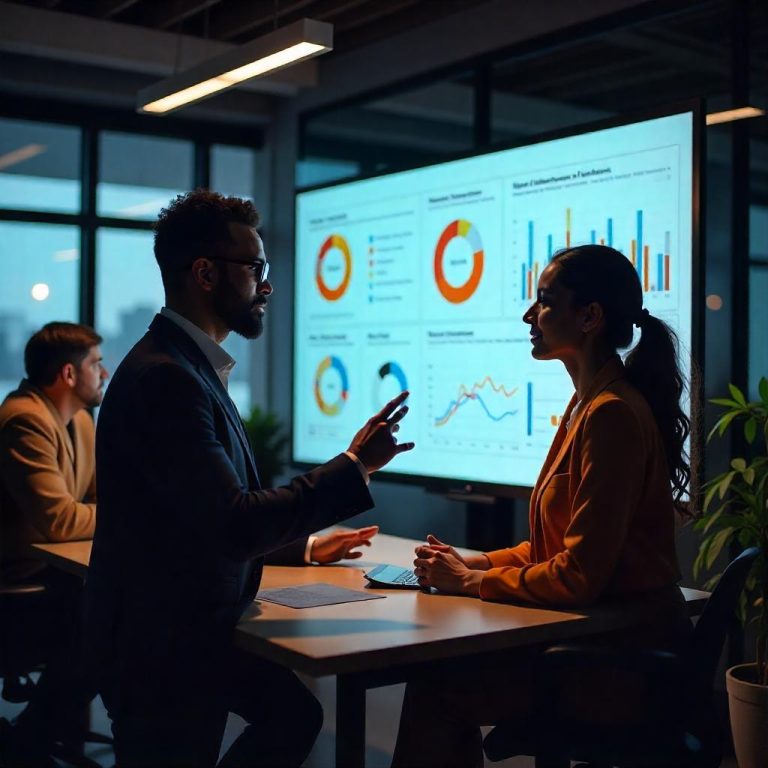What Is An Email Funnel
An email funnel is a structured series of automated emails that guide subscribers through various stages of engagement, from initial awareness to making a purchase or taking a desired action. The goal of an email funnel is to build trust, nurture relationships, and ultimately convert subscribers into customers by delivering tailored content at each stage.
Blog Writing & SEO Optimization Services
Email funnels can be highly effective in nurturing leads, increasing customer loyalty, and maximizing the value of each subscriber through thoughtful, strategic communication.
Key Stages of an Email Funnel
An email funnel is often divided into stages that correspond with a subscriber’s journey. Each stage serves a unique purpose and involves different types of messaging to meet subscribers’ specific needs.
1. Awareness Stage
In the awareness stage, the focus is on introducing your brand to subscribers and building initial interest. This is where potential customers learn about who you are, what you offer, and why they should stay engaged.
- Common Email Types:
- Welcome emails
- Brand story or introduction
- Value proposition highlights
- Free resources or content (like blog posts or guides)
- Goals:
- Make a strong first impression
- Encourage subscribers to learn more about your brand
- Establish a relationship through relevant content
2. Engagement/Nurturing Stage
In this stage, the goal is to engage subscribers further by providing more valuable content and nurturing their interest in your products or services. The focus is on addressing their needs and demonstrating how your offerings can provide solutions.
Boost Your Blog and Website with SEO – 50 Articles for Just $20!
- Common Email Types:
- Educational content (how-tos, tutorials)
- Product benefits and features
- Case studies or success stories
- Engagement prompts, such as surveys or feedback requests
- Goals:
- Build trust and credibility
- Establish your authority in the industry
- Warm up subscribers for the next step in the funnel
3. Consideration Stage
At the consideration stage, subscribers are interested in your offerings but may need more convincing or information before making a decision. Emails in this stage often emphasize your unique selling points (USPs), customer testimonials, and comparisons.
- Common Email Types:
- Product-specific emails highlighting features or benefits
- Customer testimonials or case studies
- Product comparisons
- Limited-time offers, free trials, or demos
- Goals:
- Address potential objections
- Provide social proof and reinforce credibility
- Encourage subscribers to seriously consider purchasing
4. Conversion Stage
This stage focuses on motivating subscribers to take the final step and make a purchase. Conversion emails often include compelling CTAs, limited-time offers, and a clear path to completing the transaction.
Unlock Your Writing Potential and Start Earning Today with our read online E-book
- Common Email Types:
- Special discounts, promo codes, or offers
- Urgency-focused emails (like countdowns)
- Cart abandonment emails (if applicable)
- “Final chance” or “last call” emails
- Goals:
- Drive the subscriber to make a purchase
- Remove any remaining barriers to conversion
- Offer an incentive to complete the transaction
5. Loyalty/Retention Stage
Once a subscriber has made a purchase, the funnel doesn’t end there. The loyalty stage is about fostering customer satisfaction, encouraging repeat purchases, and building a long-term relationship.
- Common Email Types:
- Thank-you and order confirmation emails
- Post-purchase follow-up and product care tips
- Exclusive offers for returning customers
- Personalized recommendations based on purchase history
- Goals:
- Retain customers and encourage repeat purchases
- Increase lifetime value (LTV) of each customer
- Strengthen brand loyalty through ongoing engagement
6. Advocacy Stage
In the advocacy stage, you turn satisfied customers into brand advocates who will promote your business to others. This stage involves encouraging customers to share their positive experiences or refer others.
- Common Email Types:
- Referral programs and rewards
- Feedback and review requests
- Social sharing prompts
- VIP or loyalty program invitations
- Goals:
- Generate word-of-mouth referrals
- Gather user-generated content (like reviews)
- Build a community of engaged advocates
Benefits of an Email Funnel
- Personalized Experience: Email funnels deliver messages that match the subscriber’s place in the buying journey, creating a tailored experience.
- Automated Nurturing: Automated emails save time by delivering timely and relevant content without manual intervention.
- Higher Conversion Rates: Strategically designed email funnels can significantly increase conversion rates by moving leads through a defined process.
- Relationship Building: Funnels create opportunities to build long-term relationships, increase brand trust, and foster loyalty.
- Scalability: Once an email funnel is set up, it can handle large volumes of leads effectively and continue generating sales without constant manual effort.
Tips for Creating an Effective Email Funnel
- Understand Your Audience: Conduct research on your audience’s needs and pain points to ensure your emails are relevant.
- Map the Customer Journey: Clearly outline each stage of the buyer journey to guide email content creation.
- Craft Engaging Subject Lines: Grab attention with compelling, informative subject lines to increase open rates.
- Segment Your Audience: Tailor emails based on segments like demographics, past behavior, or interests for better results.
- Analyze and Optimize: Regularly review email performance metrics (like open and click rates) and make adjustments to improve effectiveness.
An email funnel is a powerful tool that enables businesses to build stronger relationships with their subscribers, engage them effectively, and turn them into loyal customers.







